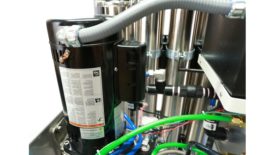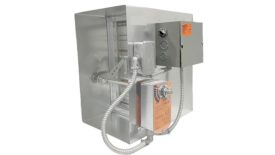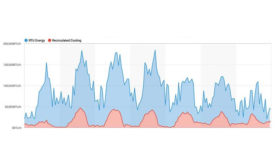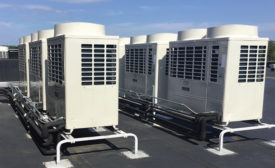Home » Keywords: » BACnet
Items Tagged with 'BACnet'
ARTICLES
The Terminologies, Ideologies, and Philosophies Behind Building Automation Design
Considering the myriad of options in front of us, where does one start in the process of designing and/or installing a BAS?
December 6, 2022
BACnet Integration and the Power of Analytics
Analytics detail how a simple set point change can affect the rest of the system.
June 20, 2022
BAS Integration to Factory-Mounted Controls
The most sophisticated customers are those who ask the most questions and get the most comprehensive results for their money.
April 23, 2022
Case Study
Jasper® Engines Improves Employees’ Indoor Comfort with Toshiba Carrier VRF
September 16, 2021
Define Your Business Results By Alleviating Your Clients' Fears
Not all emotional responses are negative.
May 8, 2020
Get our new eMagazine delivered to your inbox every month.
Stay in the know on the latest HVACR engineering trends.
SUBSCRIBE TODAY!Copyright ©2024. All Rights Reserved BNP Media.
Design, CMS, Hosting & Web Development :: ePublishing
















